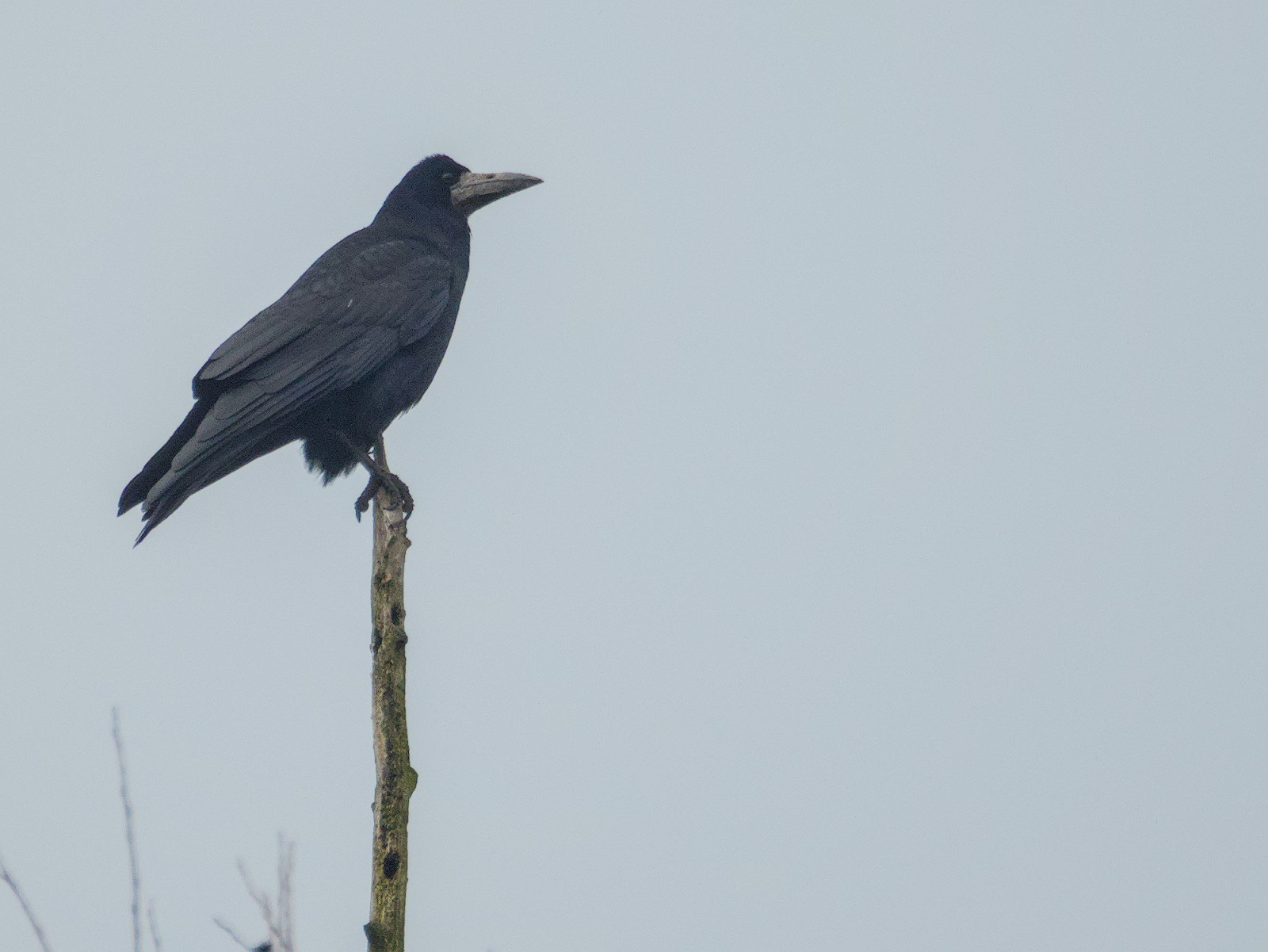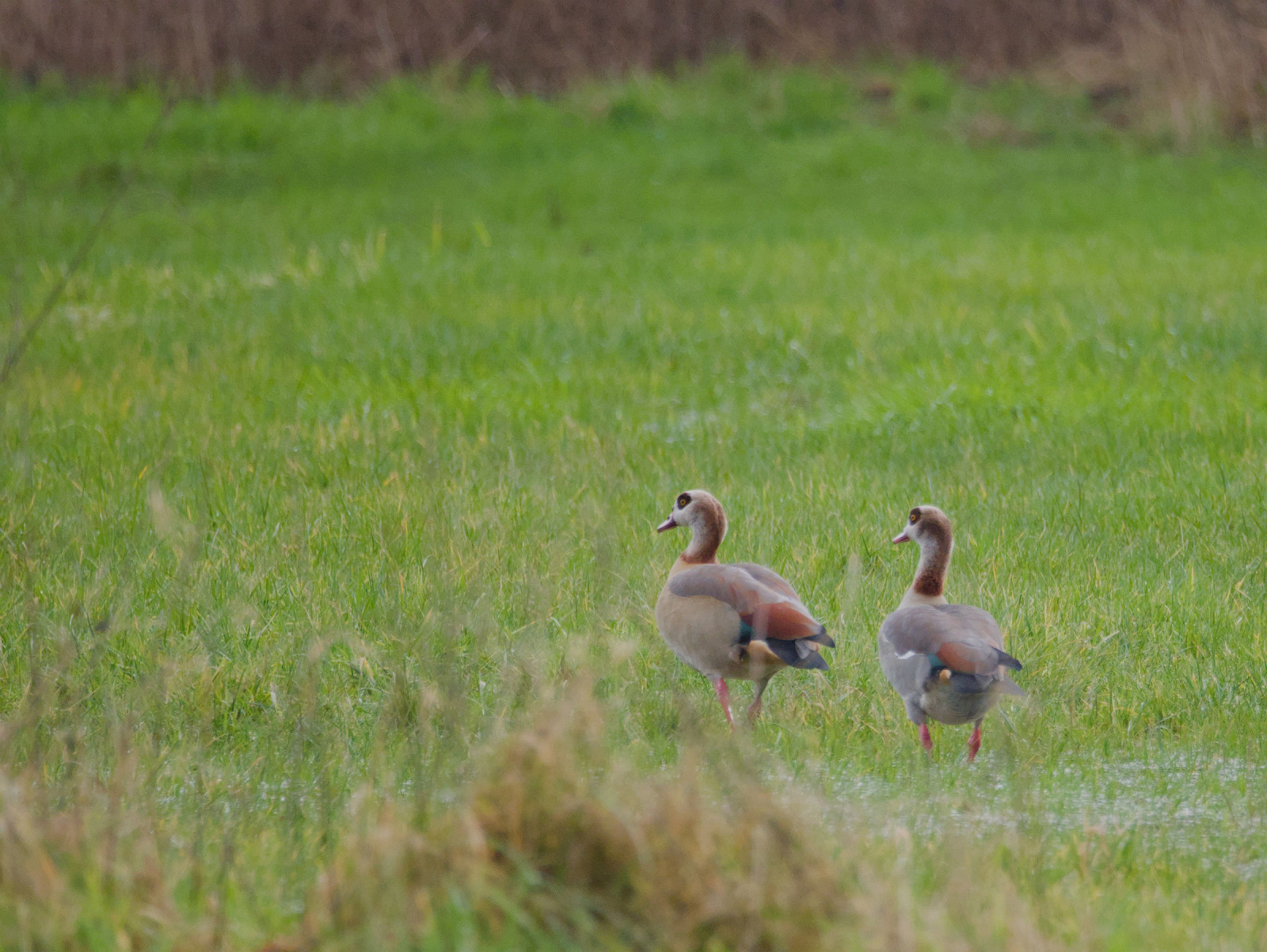Opis
The Gaverbeekse Meersen is a flood area that borders an agriculture area. More than 100 different bird species have been seen in the area. In the months of May-June, the Gaverbeekse Meersen are at their best, when the many hawthorns are in bloom. However, a walk on the old verge is always worthwhile, because it gives you a good view of the nature reserve. Among the birds you can see here are dzięcioł zielony, cierniówka, trzcinniczek (zwyczajny), kapturka, dzięcioł duży, perkozek, krogulec and uszatka.
_________________________
Nederlands: De Gaverbeekse Meersen zijn een overstromingsgebied met vooral hooilanden en knotwilgen. Een oude spoorwegberm doorkruist het gebied. In de maanden mei-juni zijn de Gaverbeekse Meersen op hun mooist, want dan staan de vele meidoorns in bloei. Een wandeling op de oude berm is echter altijd de moeite waard, want zo krijgt je een goed zicht op het natuurgebied. Vogels die je hier kunt zien zijn groene specht, grasmus, kleine karekiet, zwartkop, buizerd, grote bonte specht, dodaars, krakeend, blauwe reiger, torenvalk, sperwer en ransuil.
Szczegóły
Dostęp
Parking Chinoh: Vijfseweg 202, 8790 Waregem or Parking Windhoek (aan volkstuintjes). Click on the P in the map to get directions. From there you can explore the area on foot.
Teren i siedlisko
Rzeka , Łąka , Rzadkie drzewa i krzewy , Las , Rolnictwo/uprawyWarunki
Płaski , Bagienny , Otwarty krajobrazTrasa dookoła
TakCzy luneta będzie przydatna ?
NieUdany sezon obserwacyjny
Przez cały rokNajlepszy czas na wizytę
Wiosna , Jesień , Lato , Wiosenne migracje , Jesienne migracjeTrasa
Droga utwardzona , Droga nieutwardzona , Wąski szlak , Szeroka ścieżkaPoziom trudności szlaku pieszego
ŁatwyDostępne
Pieszo , RowerCzatownia/platforma obserwacyjna
NieLinki
- Recent bird sightings in the area on Waarnemingen.be
- www.natuurpunt.be/natuurgebied/gaverbeekse-meersen




